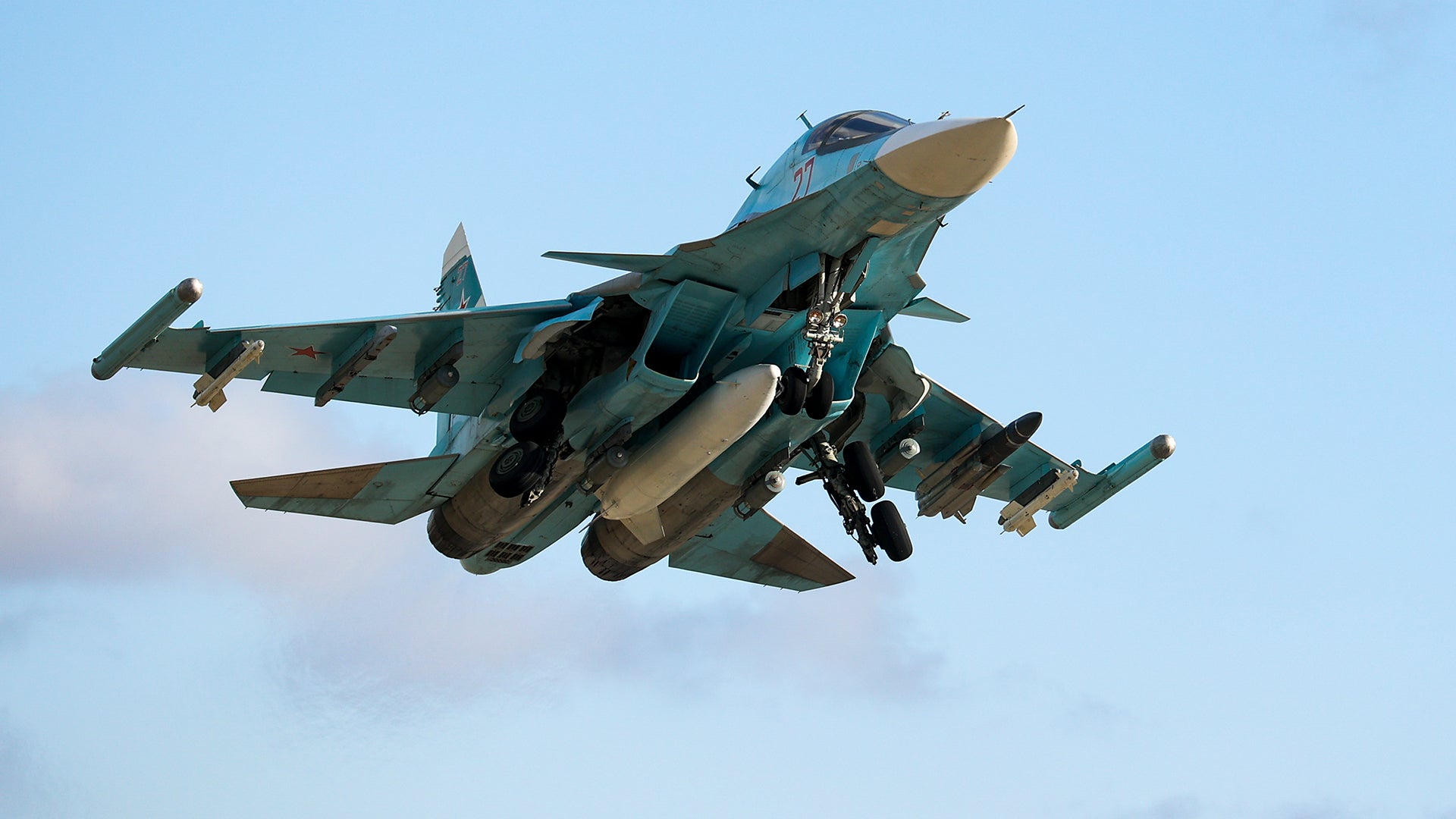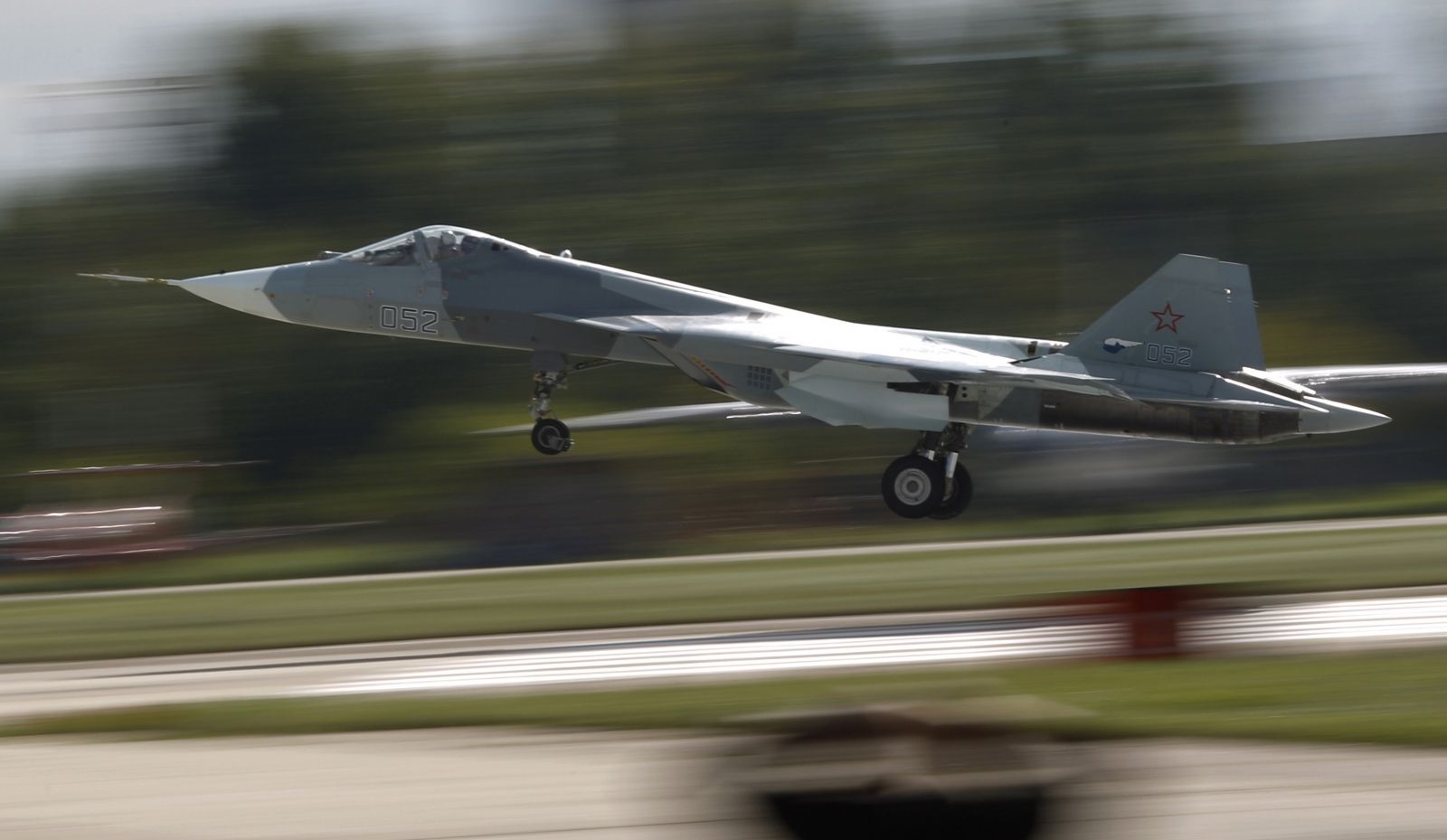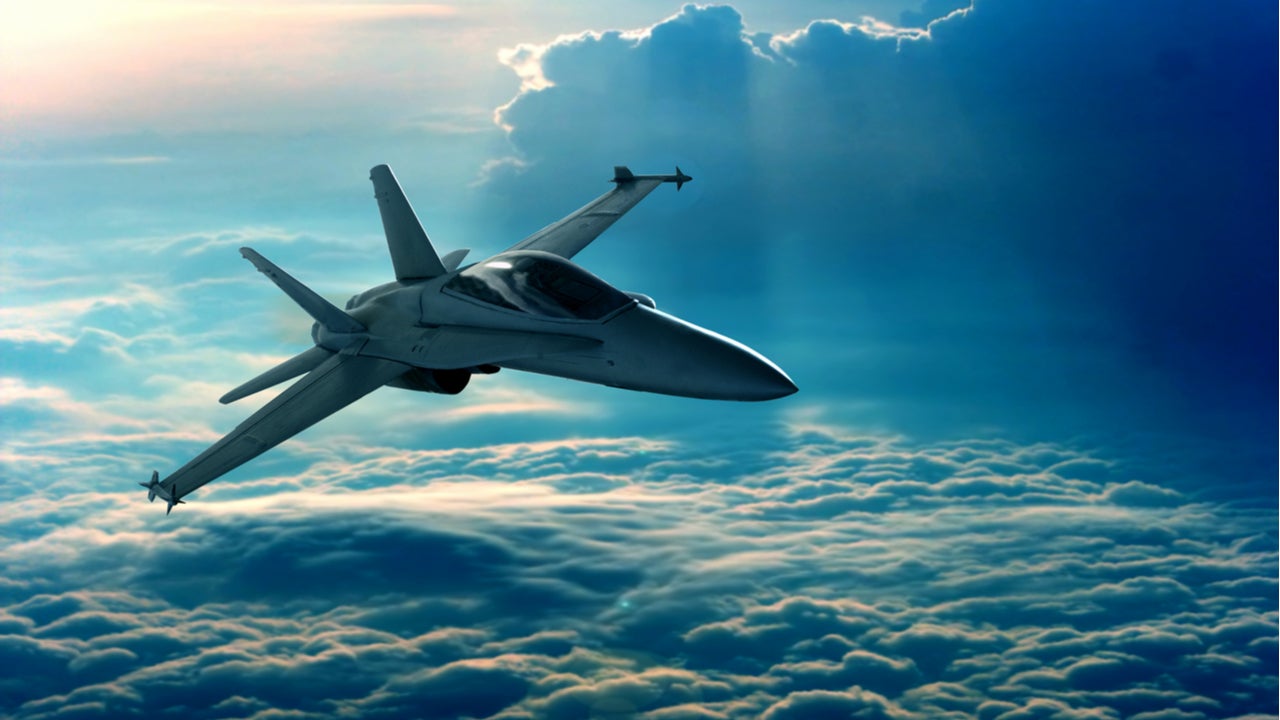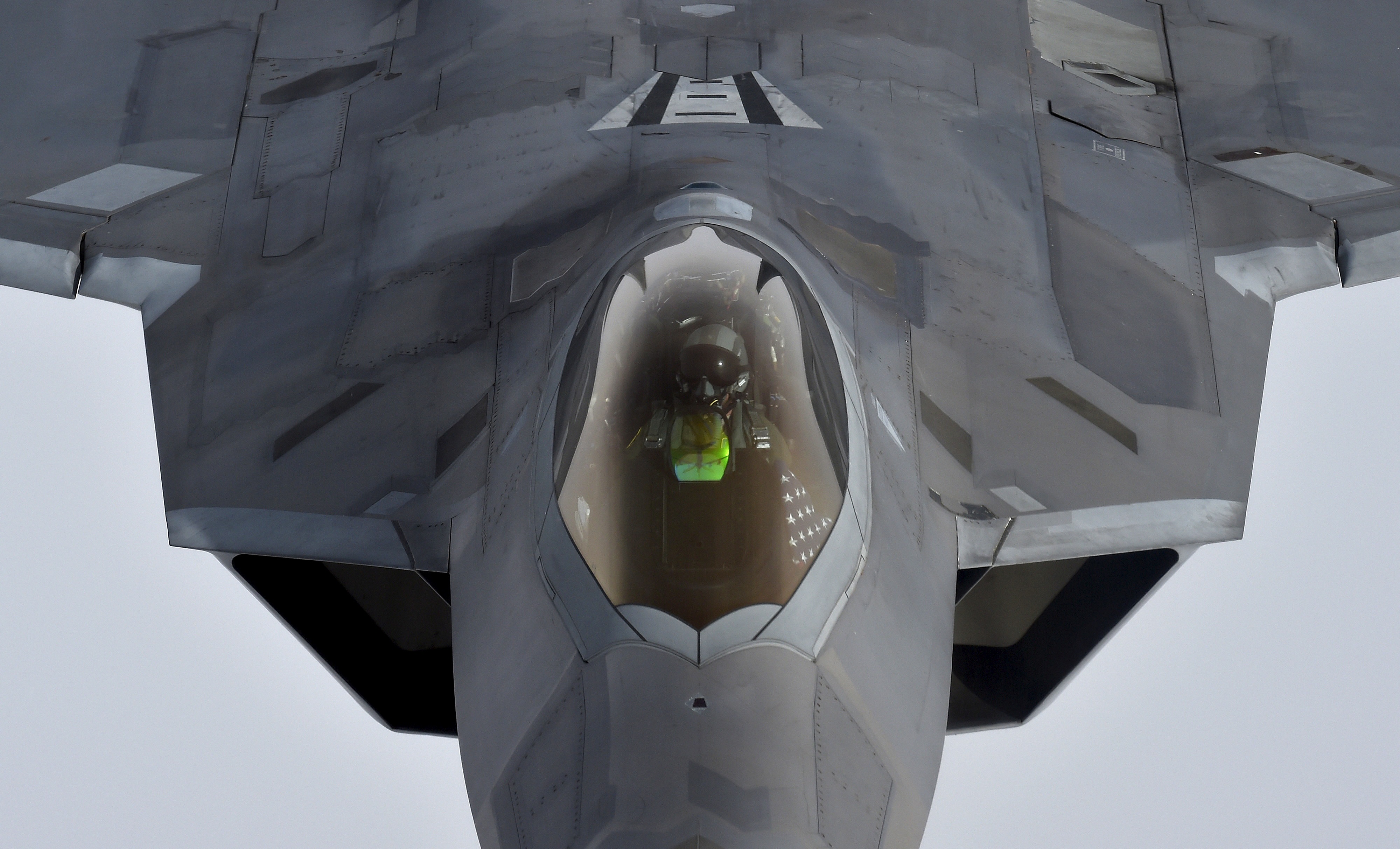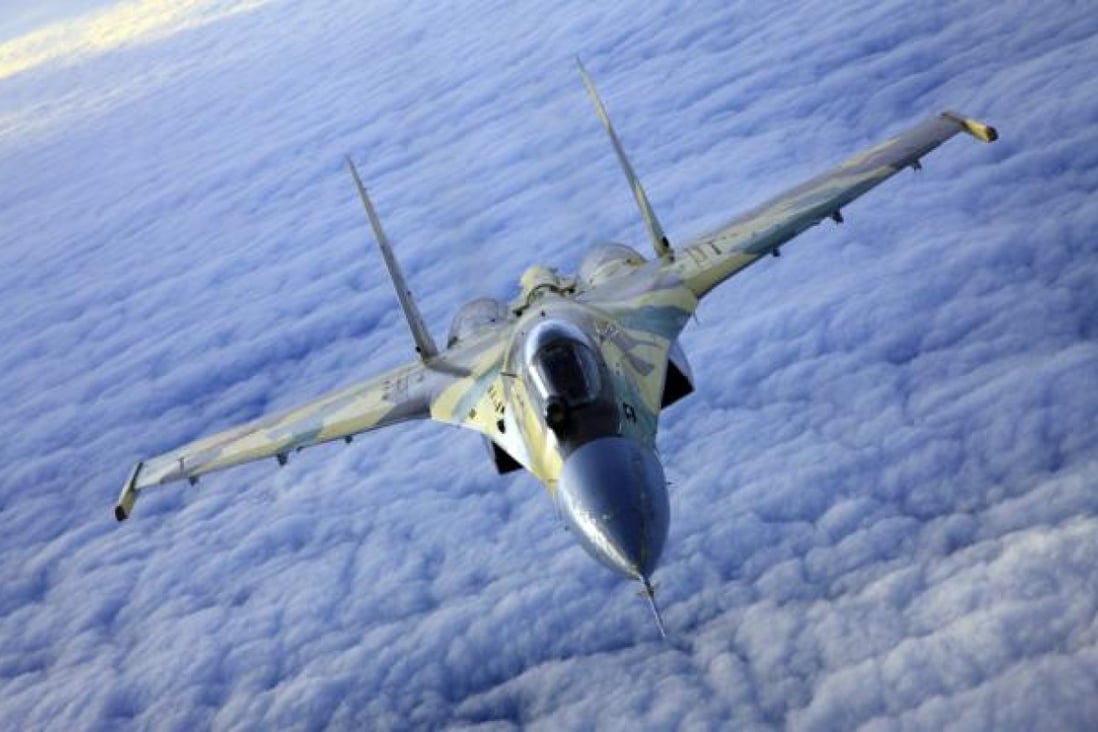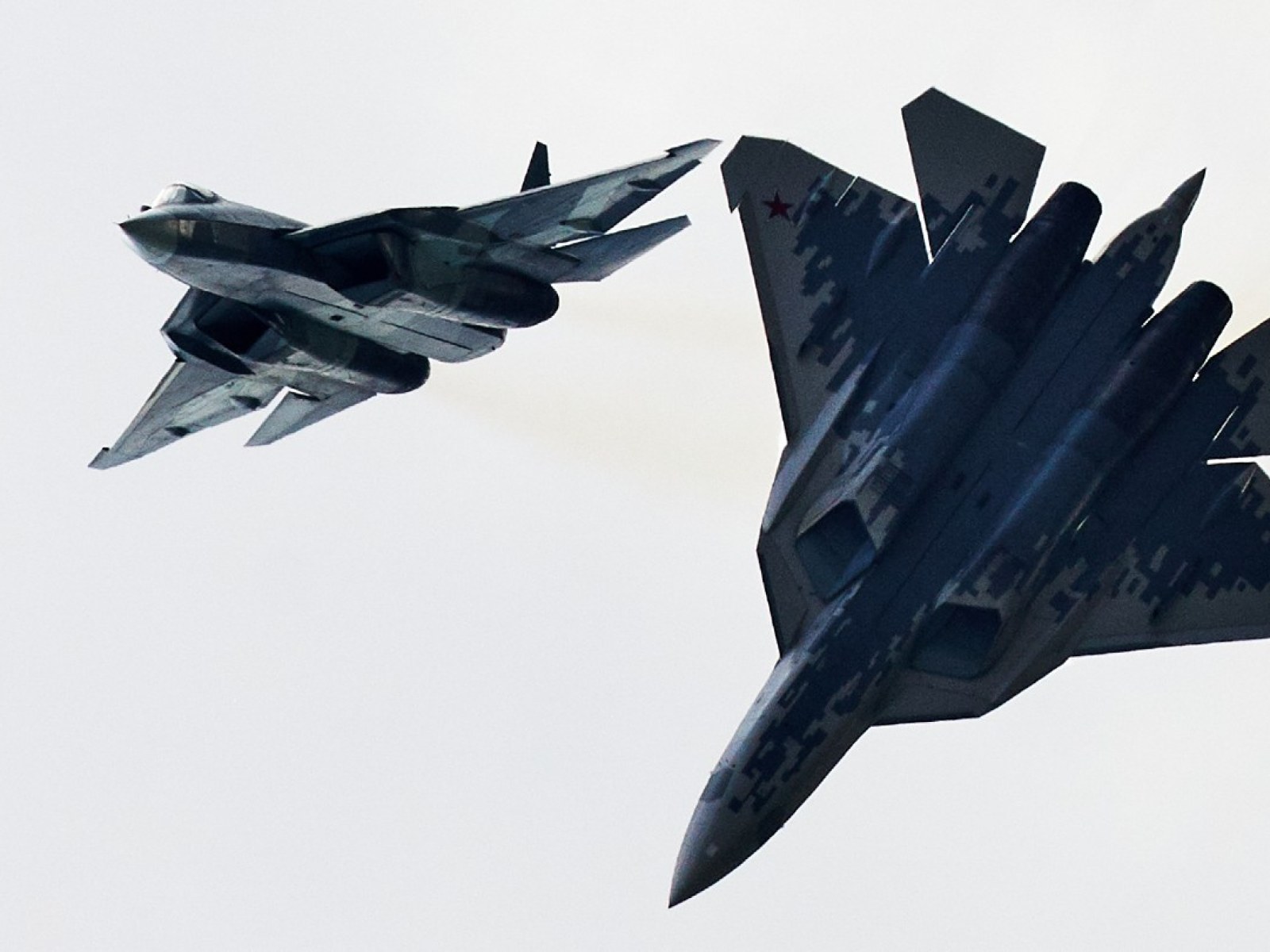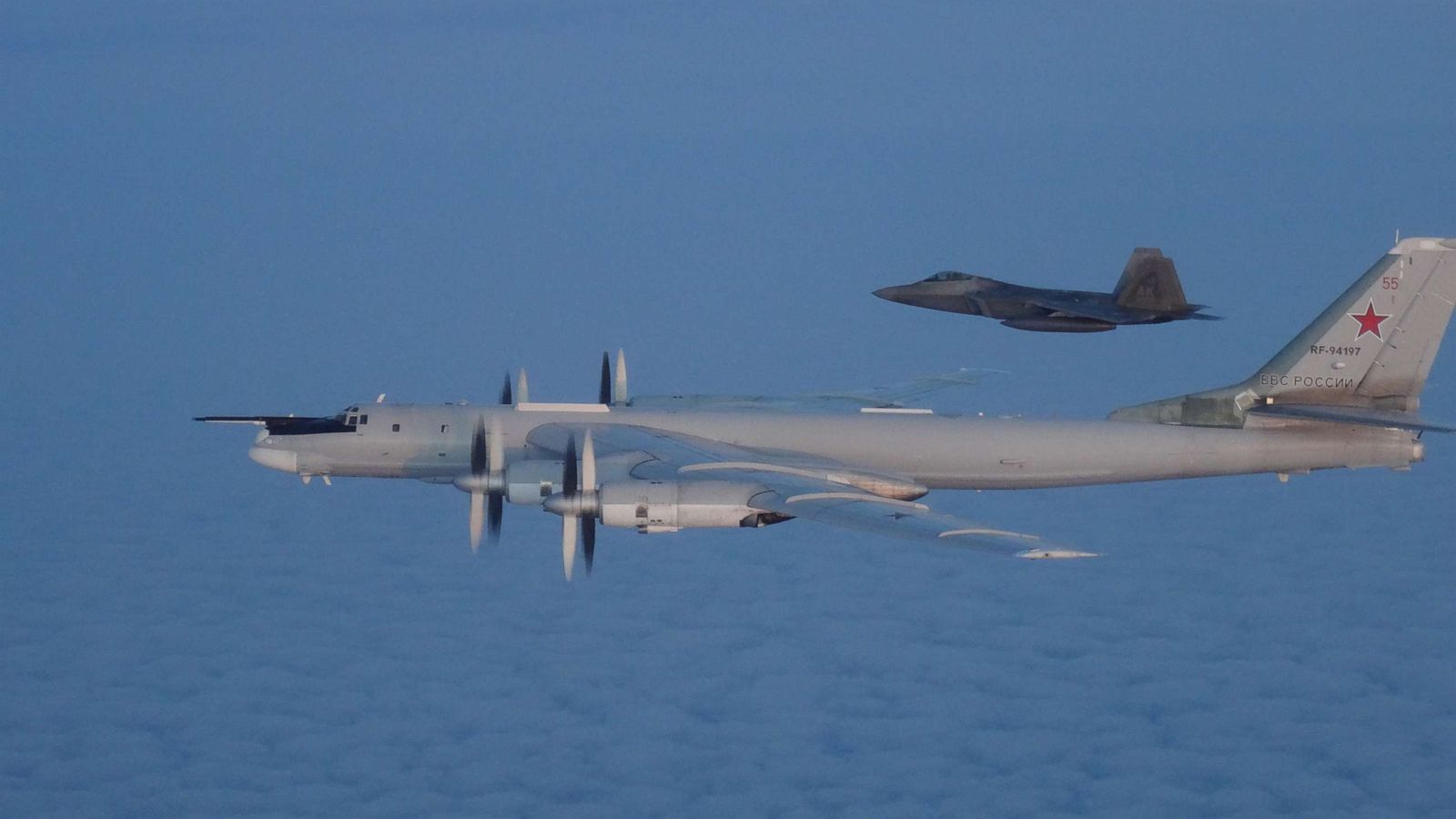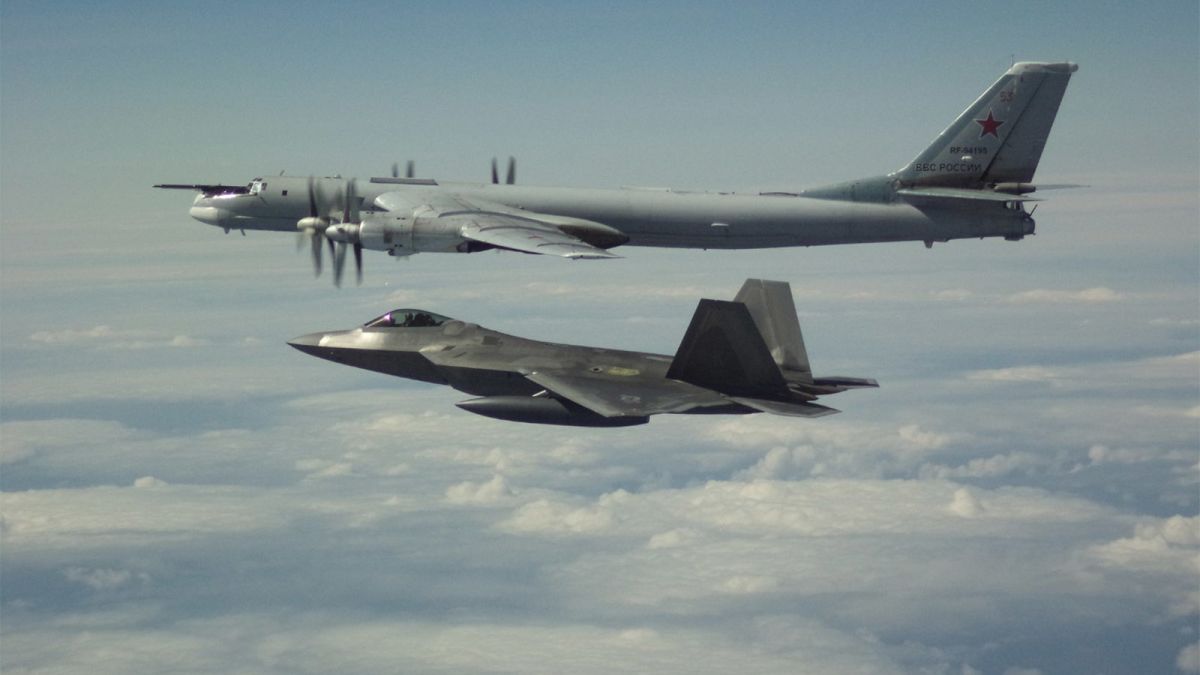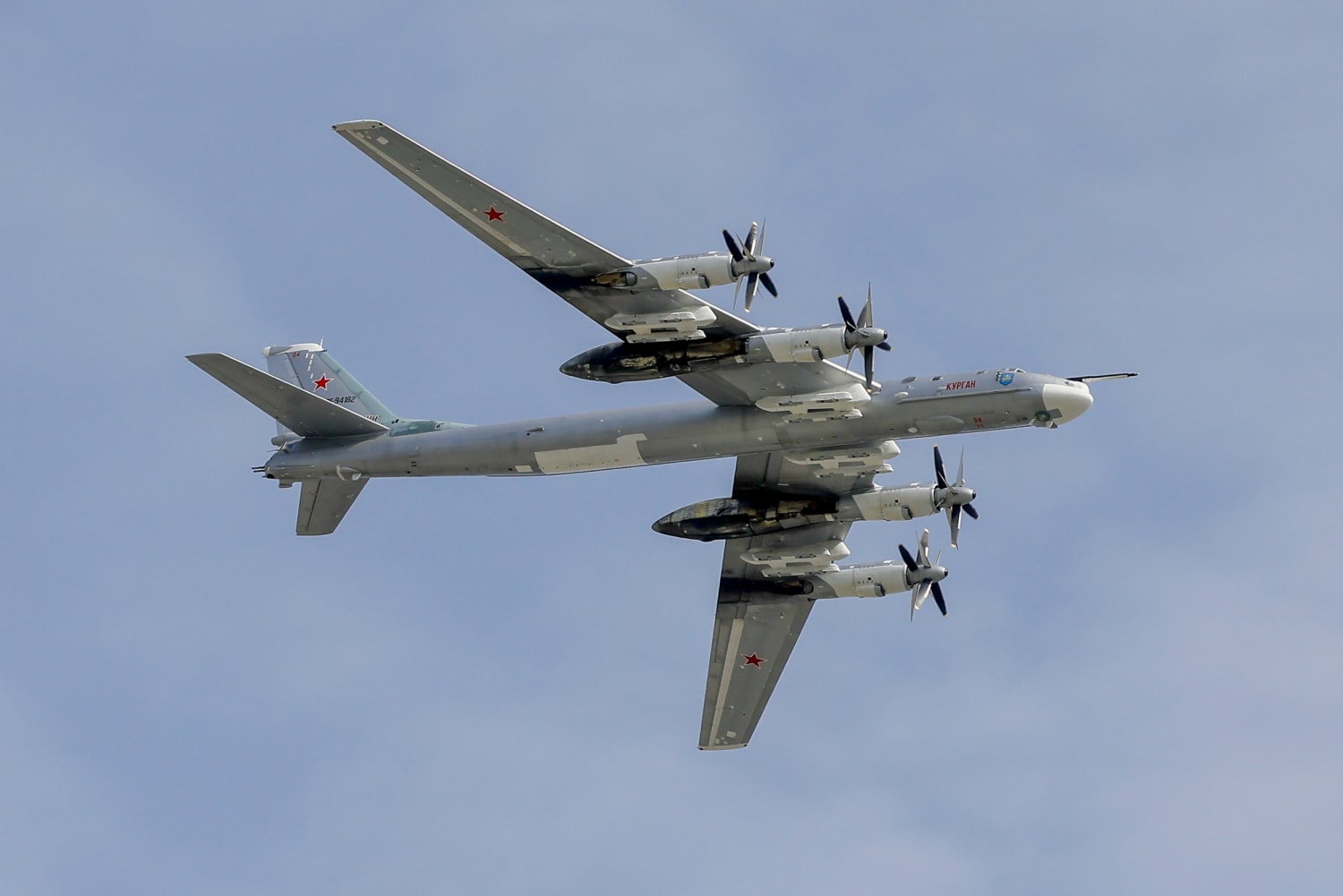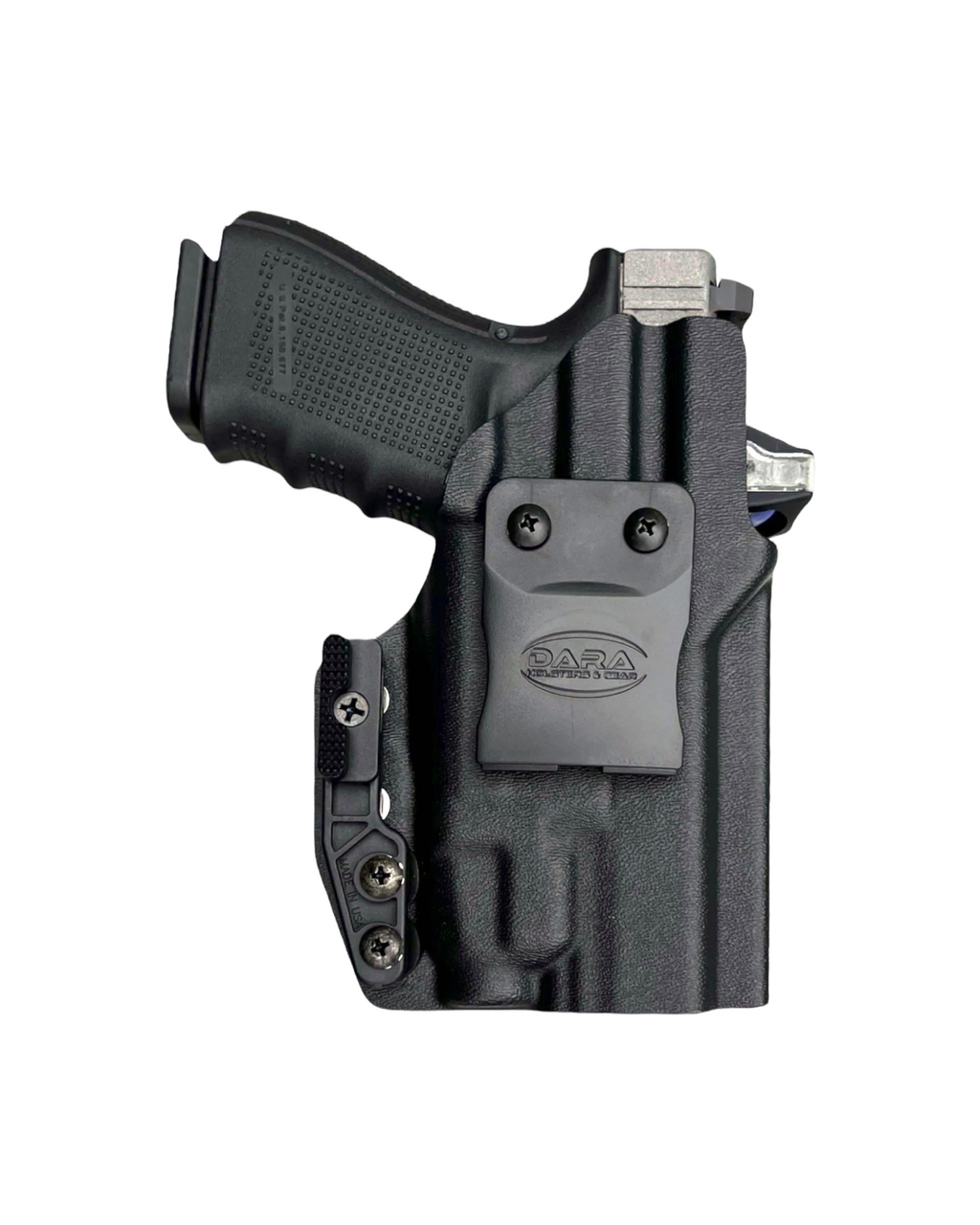Russian Su 35 Fighter Jet - The Sukhoi Su-35 (Russian: Сухой Су-35; NATO reporting name: Flanker-E) is an assignment of two variants of the Su-27 air defense aircraft. They are single-seater, twin-engine and flexible aircraft designed by the Sukhoi Design Office and built by Sukhoi.
This type was developed by the Soviet Union from the Su-27 and is known as the Su-27M. It incorporates multi-role canad and radar, giving it multi-role capabilities. The first prototype made its service flight in June 1988. After the collapse of the Soviet Union, the Sukhoi redefined it as the Su-35 to attract export orders. Four aircraft were manufactured and used for testing and demonstration. One example has a sliding vector line and has been redesigned as the Su-37. The two-seater single-seat Su-35UB, similar to the Su-30MK family, was also built in the late 1990s.
Russian Su 35 Fighter Jet

In 2003, Sukhoi began the second upgrade of the Su-27 to serve as a temporary aircraft awaiting the development of the Sukhoi PAK FA (Su-57) program. Also known as the Su-35, this version has an aircraft cabin and weapon control system redesigned and has thrust vectoring mounts instead of cannons. The species made its maiden flight in February 2008. Although it was intended for export, the Russian Air Force became a customer starting in 2009 with a production variant designated as the Su-35S. The air force of the Chinese People's Liberation Army also ordered.
Meet Russia's Su 35: Putin's Most Powerful Fighter Jet?
The first design of the Su-35 dates back to the early 1980s, when the Su-27 joined the Soviet Armed Forces. The latest production version of the Su-27, codenamed T-10S, began mass production ("serial") with the Komsomolsk-on-Amur Aircraft Production Association (KnAAPO) in 1983. The following year, the Su-27 variant reached preliminary operations with the Soviet Air Force.
The Sukhoi Design Office was introduced by the Cabinet Office of the USSR in December 1983 to use the Su-27 as a basis for the development of the Su-27M (T-10M).
Nikolai Nikitin will lead the project's lifetime design work under the direction of Geral Director Mikhail Simonov, Chief Designer of the Su-27.
While widely shared over the Su-27 wing structure, the Su-27M differs significantly from the base version by adding a small lift surface in front of the wing. The first test was conducted in 1985 using an experimental aircraft.
Russia's Su 57 Fighter Bomber Is Supposed To Rival The F 22. So, Where Is It?
The wing, in addition to the front edge of the redesigned wing, redirects airflow to eliminate high-angle traction and allows the aircraft to maintain a balance of 10 g (as opposed to 9 g on the Su.-27) without the need for Strengthen additional structures. .
Most importantly, working with a relaxed balance design and coming with an airline flight control system improves the aircraft's flexibility and makes it possible to fly from nose to port in a short time while maintaining Pushing forward. Thus, theoretically, during combat operations, pilots could raise the Su-27M by 120 degrees in two seconds and fire missiles at targets.
Other notable changes compared to the T-10S design include higher vertical tails, in-flight fuel supply, and the use of twin-wheel nose tanks to protect heavier aircraft.

In addition to increasing flexibility, another feature that distinguishes the Su-27M from its original design is the new weapon control system. The main device of this system is the multi-function N011 Bars (literally "Leopard") phase radar array with pulse-Doppler tracking that allows detection of targets below the horizon. It was first installed on a third model, the radar transformed the Su-27M from an air defense fighter to a multi-role aircraft capable of ground attack.
China Finally Signs For Sukhoi Su 35 Warplanes
Compared to the Su-27 N001 Myech ("Sword") radar, which can track 10 targets and direct only two missiles at a time, the new radar can track 15 targets and target 6 missiles simultaneously. Each.
The extra weight of the N011 radar at the front of the aircraft led to the need for additional guns. Winemakers will discover the dynamic benefits of these devices later.
In addition, the N012 Self-Defense Radar is installed in the rear of the rear design, making it the first aircraft in the world to have such a radar.
Other changes to the aircraft include the use of updated turbofans, as well as the use of lightweight composites and aluminum-lithium alloy wheels in the air frame.
Us Navy Complains Of Another 'unsafe' Russian Jet Interception
In 1987, Sukhoi began transforming the first prototype (designated T10M-1) from a T-10S at its experimental plant in Moscow. Although it is Canad, the first prototypes, like many successive aircraft, lacked many physical changes to the new design.
It made its first flight after conversion on June 28, 1988, tested by Oleg Tsoi, followed by a second prototype in January 1989.
After the conversion of two Su-27M aircraft models, the actual production of the aircraft was moved to the Far East of the country where it was implemented by KnAAPO. The third aircraft (T10M-3), the new Su-27M and the first aircraft built by KnAAPO, made its maiden flight in April 1992.

The Soviet Union split and the economic crisis in Russia during the 1990s meant that original plans for large-scale aircraft production between 1996 and 2005 were abandoned.
Russian Fighter Jet Crashes In Siberia, Killing Two Crew Members
The aircraft will serve as a test bed to test canards, flight control systems and thrust vectoring technology.
During the collapse of the Soviet Union, Sukhoi presented the Su-27M to defense and government officials. For a Western audience debut at the 1992 Farnborough Air Show, the company redesigned the Su-35.
The aircraft was flown overseas to attract export orders, which began in November 1993 in Dubai, where Victor Pugachev flew it in front of an audience in a Su-30MK model.
The plane has flown in Berlin and Paris and is regularly shown at the MAKS Air Show in Moscow.
Russia Completes Delivery Of Su 35 Fighter Jets To China For $2.5bln
During Sukhoi's failed sales campaign in South Korea in the late 1990s and early 2000s, the Russian government cleared aircraft for export.
As the Su-27M flight test program resumed, the researchers found that the pilot was unable to maintain active control of the aircraft during some exercises, such as the Pugachev Cobra. Thus, the Su-27M (T10M-11) was equipped with a propulsion engine in 1995, and the resulting Su-37 demonstrator made its first flight on April 2, 1996.
The Su-37's ability to maintain a high angle of attack while flying at zero speed attracted a lot of media attention.
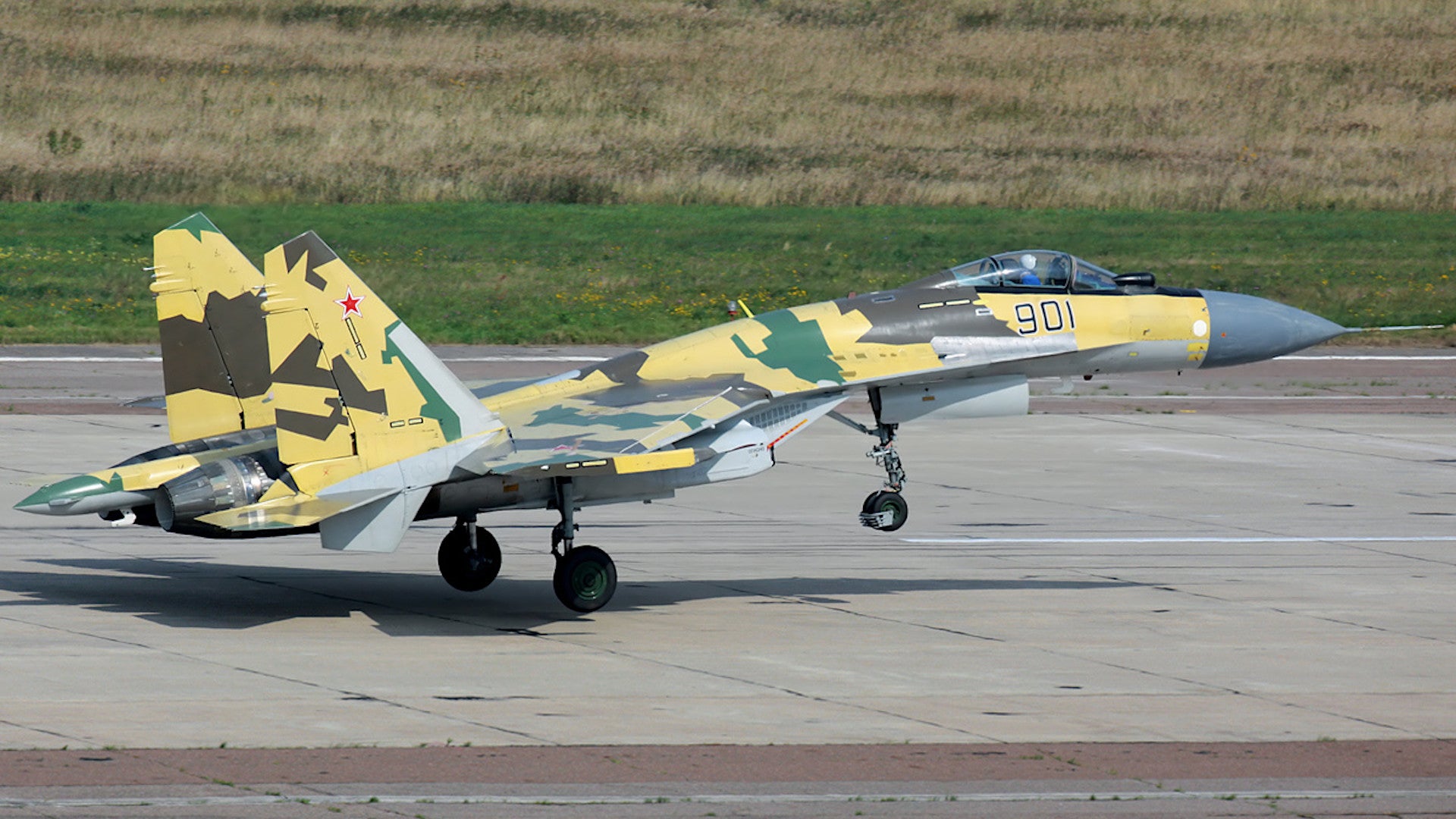
In addition to the single-seat design, a two-seater aircraft was also constructed. In collaboration with Sukhoi, KnAAPO's own winemaker designed the Su-35UB to combine thrust with the Su-27M features. Modified from the Su-30MKK, the aircraft made its first flight on August 7, 2000 and has since served as an aviation test bed.
Indonesia Barters Coffee And Palm Oil For Russian Fighter Jets
Sukhoi improved the use of Su-27M cannons and Su-37 thrust vectoring technology and later applied them to the Su-30MKI twin-seater fighter for the Indian Air Force.
The T-th Su-27M (T10M-10) also serves as a test bed for the Saturn AL-41FS, intended for the Sukhoi Su-57 (formerly known as PAK FA).
With the need to upgrade the old fleet of Russian Su-27s in 2002, Sukhoi and KnAAPO began to integrate glass cabinets and improved weapon control systems (to equip a variety of weapons) into Existing Air Force aircraft. The Su-27SM, a modified aircraft, is said to have made its maiden flight in December 2002.
The initial success of the project led to Sukhoi resuming further upgrades in December 2003. Locally known as T-10BM.
Sukhoi Su 30
The program aims to further refine the airframe to reduce the quality gap between Russian and foreign fourth-generation aircraft. The resulting design, also known as the Su-35, will serve as a temporary solution for the introduction of the fifth-generation Sukhoi Su-57 fighter jet.
In addition, the aircraft is intended to be a single-seat option for the Su-30MK two-seater design for the export market.
In many ways, the T-10BM design is externally more similar to the Su-27 than the Su-27M. During testing of the Su-27M cabin vector and dynamic plane design, Sukhoi concluded that the loss of flexibility due to the removal of the drum design, which added weight to the air frame, could be compensated for by the additional sliding vector holes.
Industrial advances in the aerospace and radar industries also reduced the weight and size of those components, pushing the aircraft's traction rating.
Russia Delivers Advanced Sukhoi Jets To China After 2 Year Delay
Therefore, the designers removed the drums (and rear air brakes) found on the Su-27M; The dimensions of the vertical tail, tail tail and tail rise are also reduced.
With such changes, as well as the addition of aluminum and titanium and composites, the designers reduced the empty weight of the aircraft.
Su-35S cockpit layout: head-up display, dual-function liquid crystal display and joystick with HOTAS controls
While the Su-27M was designed with pilots to give the aircraft a multi-role fighter design, flight tests were conducted with the Russian Air Force.
Russia Plans Four Su 35 Sukhoi Fighter Jet Sales In 2016
Mig 21 fighter jet, mig 35 fighter jet, mig 29 fighter jet, mig 15 jet fighter, mig 31 fighter jet, new mig fighter jet, mig 25 fighter, mig 39 fighter jet, mig jet fighter for sale, f 25 fighter jet, mig 25 jet, latest mig fighter jet

